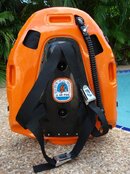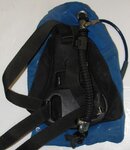VooDooGasMan
Contributor
It shows the routing in this add of a september 68 skin diver mag add.
http://ca.picclick.com/1968-SCUBA-EQUALIZER-SAFTBALLAST-DIVING-180653451853.html The routing is a three way and I would say the hose running up the left in your whit stag pic. More vintage adds under it.
http://ca.picclick.com/1968-SCUBA-EQUALIZER-SAFTBALLAST-DIVING-180653451853.html The routing is a three way and I would say the hose running up the left in your whit stag pic. More vintage adds under it.
Last edited:





